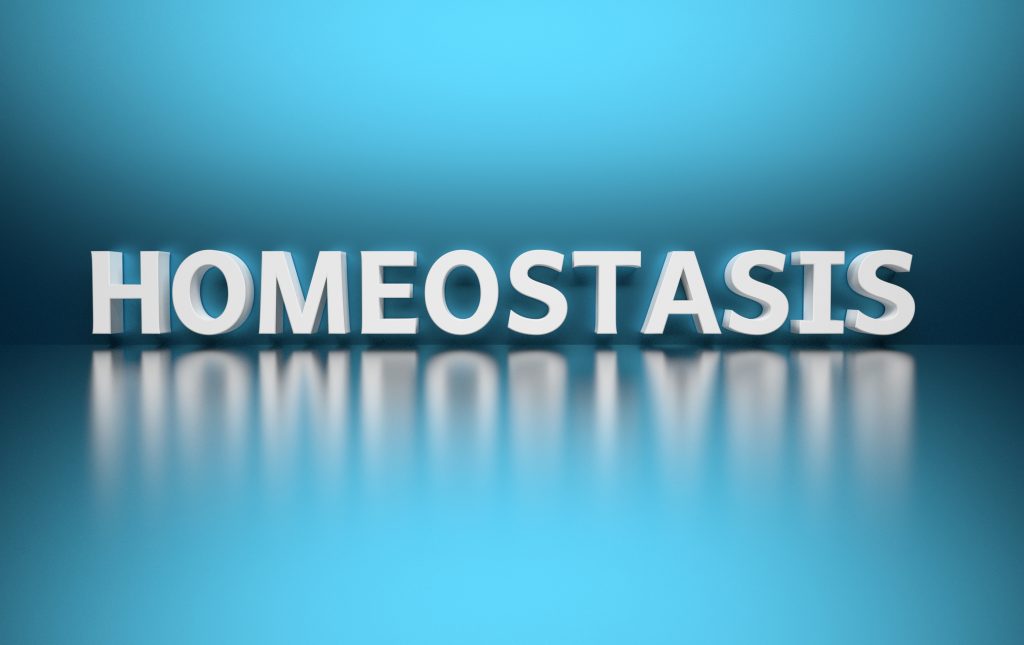Arq. Bras. Cardiol. 2021; 117(3): 444-445
Thiol Homeostasis in Rheumatic Heart Disease: Biomarker or Risk Factor?
This Short Editorial is referred by the Research article "Serum Thiol Levels and Thiol/Disulfide Homeostasis in Patients with Rheumatic Mitral Valve Disease and Healthy Subjects".
Rheumatic fever and rheumatic heart disease (RHD) lesions result from a complex network of several genes and proteins that control innate and adaptive immune responses following a Streptococcus pyogenes pharyngo-tonsillitis. The succeeding inflammatory process leads to the development of cardiac lesions with high production of inflammatory cytokines leading to calcification and valvular fibrosis. However, the cellular pathways beyond these immunoregulated phenomena have not been fully elucidated.
Oxidative stress is a biological condition marked by an imbalance between reactive oxygen species production and its reduction. Disturbances in this redox balance can cause the overproduction of peroxides and free radicals that damage all cellular components, including proteins, lipids and DNA.
[…]
319

